It’s been more than a decade since Motorola released the Motorola Defy smartphone, one of the first tough cellphones on the market. The product line lasted a little over a year when Motorola Mobility, which was due to be acquired by Google, called it quits following the release of the Defy+ and Defy Mini.
In 2021, Motorola collaborated with rugged smartphone and brand-revivalist expert Bullitt Group to relaunch the Defy in order to tap into the rapidly expanding market of freelance gig-operators.
What will you see here?
Pricing and availability of Motorola Defy
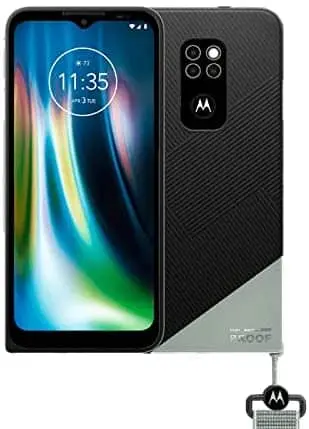
The Motorola Defy smartphone is available in various European and Latin American regions with prices starting at €329 / £279 (about $390), however, prices vary per country. There is no word on when the gadget will be available in other countries.
The amazing Poco F3 with its significantly greater display, performance, and camera can be purchased for roughly £300. Alternatively, there’s the OnePlus Nord CE 5G, which brings 5G to the mix. None of those smartphones would survive a fall down concrete steps with only a smudge to show for it.
Design & Build
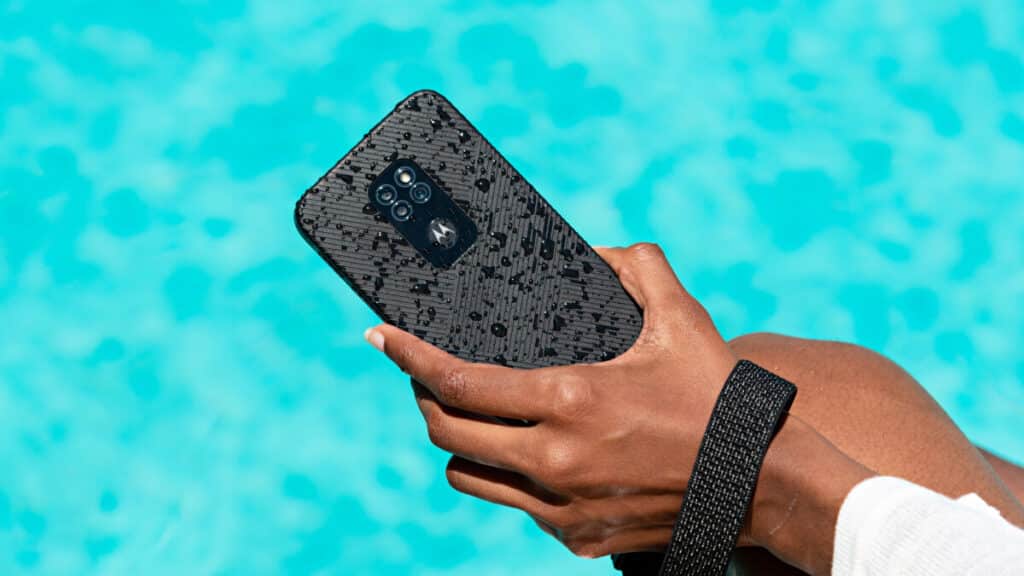
While the Moto X Force from 2015 and the Moto Z2 Force from 2017 sought to incorporate robustness into what were then modern smartphone designs. However, the Motorola Defy smartphone makes no such sacrifices. This is a phone that appears to be as rugged as it claims to be, with nary even a reference to the curvy-screened hole-punch camera-bearing brigade.
The Defy’s dimensions are 169.8 x 78.2mm, which is bigger and broader than even extra-large flagship phones like the Sony Xperia 1 III, and it weighs 232g, which is heavier than the Samsung Galaxy S21 Ultra. At 10.9mm, it’s noticeably thicker than any other regular phone you’re likely to come across.
The latter measurement refers to the body instead of the camera module, which has been slightly recessed for further protection. It’s possible that if there’s one design aspect we’d like to see transferred over to more popular phones, it’s this one.
The genuine defense is provided by a TPU exterior shell, which is a substance that bridges the gap between rubbers and plastics. It’s tough, adaptable, and not at all appealing to look at.
There is a 3.5mm audio connector on top and a USB-C port on the bottom.
Camera of Motorola Defy
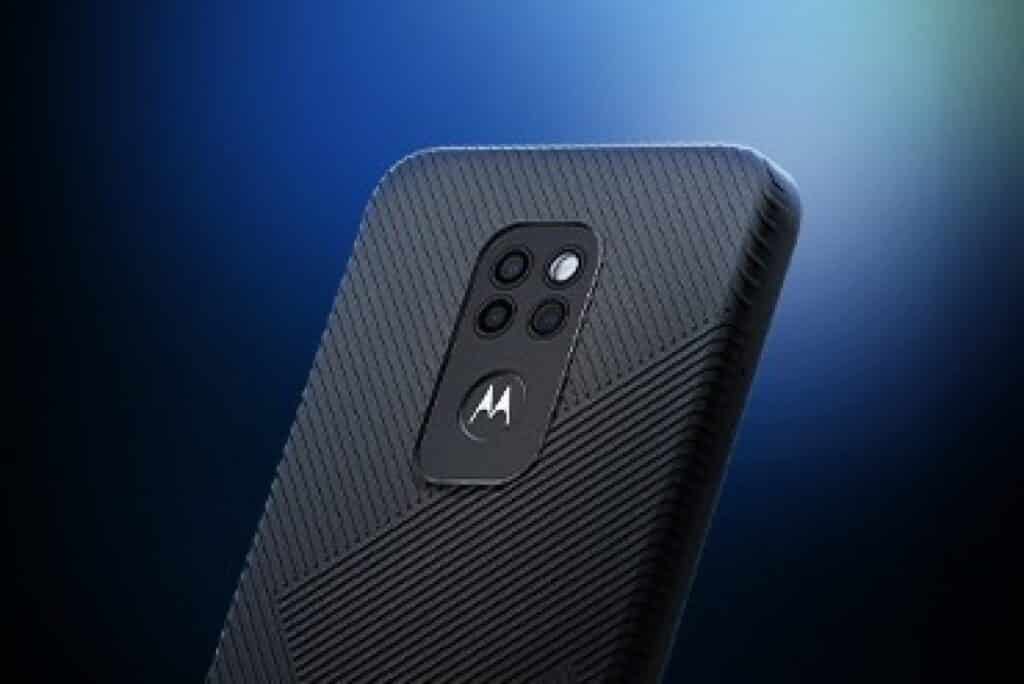
The camera arrangement appears to be the same as on the Moto G50, with a 48MP primary sensor, a macro sensor, a depth sensor, and an 8MP selfie shooter on the front.
If there is enough light, the primary camera delivers well-looking images with good clarity. Even in more difficult settings, HDR appears to perform a good job of balancing shadows and brightness.
Specifications & Performance
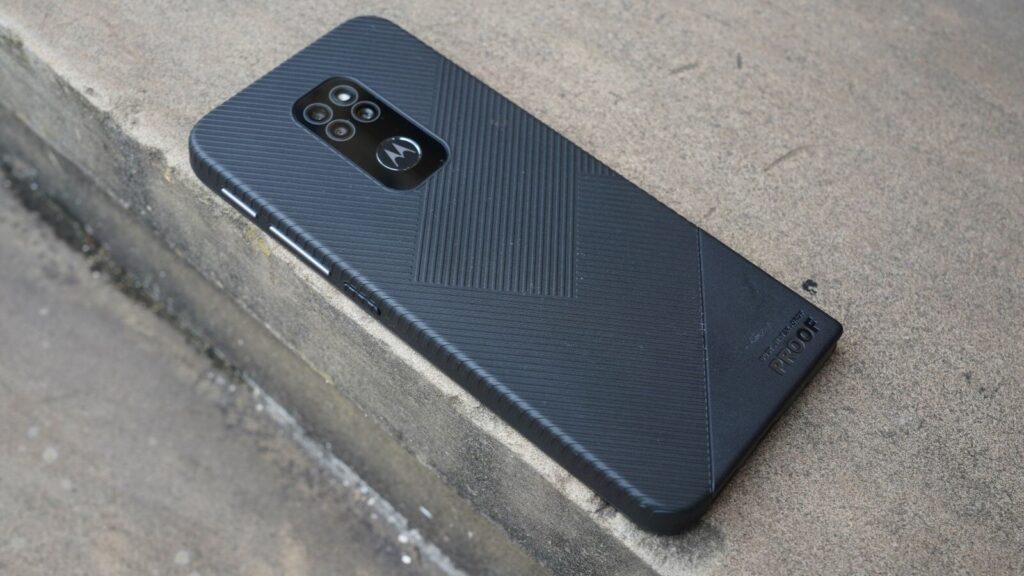
At the risk of appearing reductive, it appears like Motorola handed Bullitt Group the Moto G9 Play and ordered them to build a tank out of it.
Since the basic specifications are the same, Defy’s Snapdragon 662 CPU and 4GB RAM are also identical.
This, predictably, results in entry-level performance across the board.
Battery Life & Charging of Motorola Defy
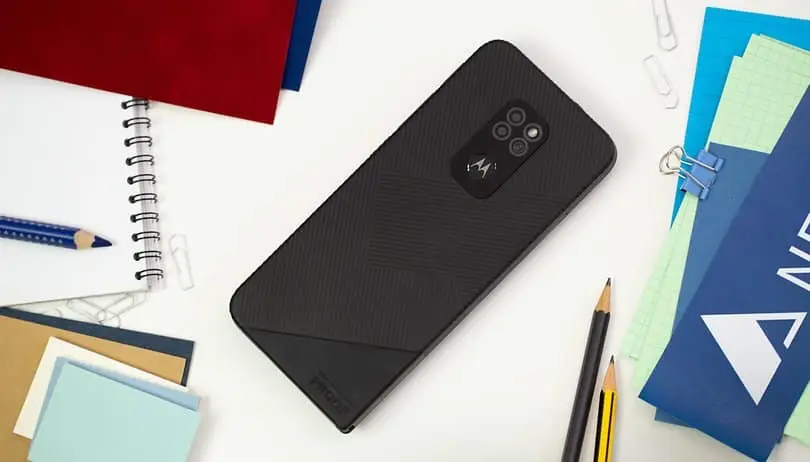
It’s pointless to be as strong as a tank if you can’t make it through the day on a single charge. However, while the Motorola Defy’s 5000mAh battery isn’t as impressive as the Moto G9 Power’s, it’s more than enough.
It’s suitable for a long day of high loads with lots of capacity to spare. However, there’s true potential for a full two days if you don’t use the media. And if everything I’ve said thus far has sunk in, you’ll realize you shouldn’t be.
Compared to the Realme 8 Pro earned 12 hours and 51 mins. Of all, with a dull 720p display, the Defy was always going to be more of a power hog.
The charger’s 20W output is rather sluggish. We’re not talking about despicably sluggish speeds for the money, like the Sony Xperia 10 III’s 7.5W charging brick. However, going from 0% to 32% in 30 minutes isn’t especially spectacular.
Using those non-rugged phones as a reference, the Poco F3 will reach 72% in the same amount of time, while the Realme 8 Pro will reach 82%.
Software
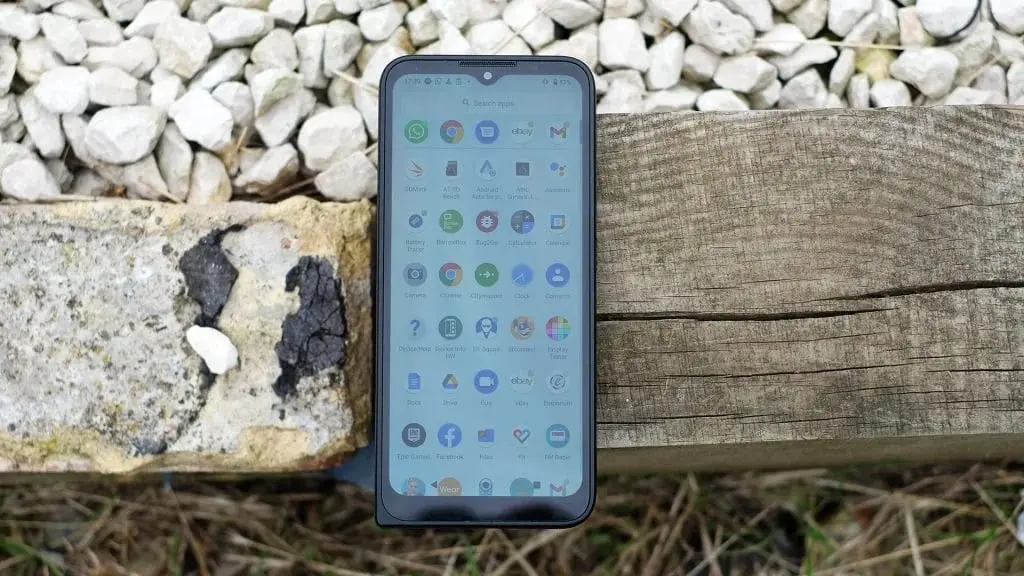
The Motorola Defy smartphone ships with Android 10. However, this seems odd given that stablemates like the Moto G50 and Moto G10 arrive with Android 11.
Yes, Defy has a promised upgrade to Android 11 in Fall 2021, with two years of security patches. However, it is just another indication that, underneath its robust façade, the Defy lags far behind the current mainstream.
On the bright side, this is a nearly untouched version of Google’s os. Aside from a few clever enhancements tucked inside in the Moto app, it’s the Motorola approach to leave well alone.
Moto Actions are very useful, they let you perform things like a karate chop to start the lights and many more. However, this is a Google-led interface, with standard Google applications handling all basic operations and no unnecessary effort.
Conclusion
The Motorola Defy smartphone is not your typical tough smartphone. Motorola and Bullit have collaborated to create a mobile device that should appeal to a broad audience outside the typical consumer market. It lives true to its vintage reputation with an incredibly durable yet relatively easy device. Just be sure you understand its limits.
Read More!
- Best budget-friendly and premium moto phones!
- iPhone 8, iPhone 7, iPhone 6S & iPhone 6 4.7″ Armband Case-Hiking and Workouts Specials!
- The credit score you need to get approved for Apple Card!
- Motorola’s new beast in the market: Moto G200!
- Best selling USB Type C Cable available in 2020
















